Given the following sequence diagram, how to express the equivalent in a UML communication diagram?

Edit This is slightly different from How to express loops in Communication Diagrams? because there are two messages in the loop.
I see the link to http://www.smartdraw.com/resources/tutorials/uml-collaboration-diagrams/ which mentions the * for a loop.
Would it be right then to use:
1 * [i=1..5] : hello 2 * [i=1..5] : bye
The trouble I see is that this seems to be ambiguous: is it hello x 5 then bye x 5, or (hello bye) x 5.